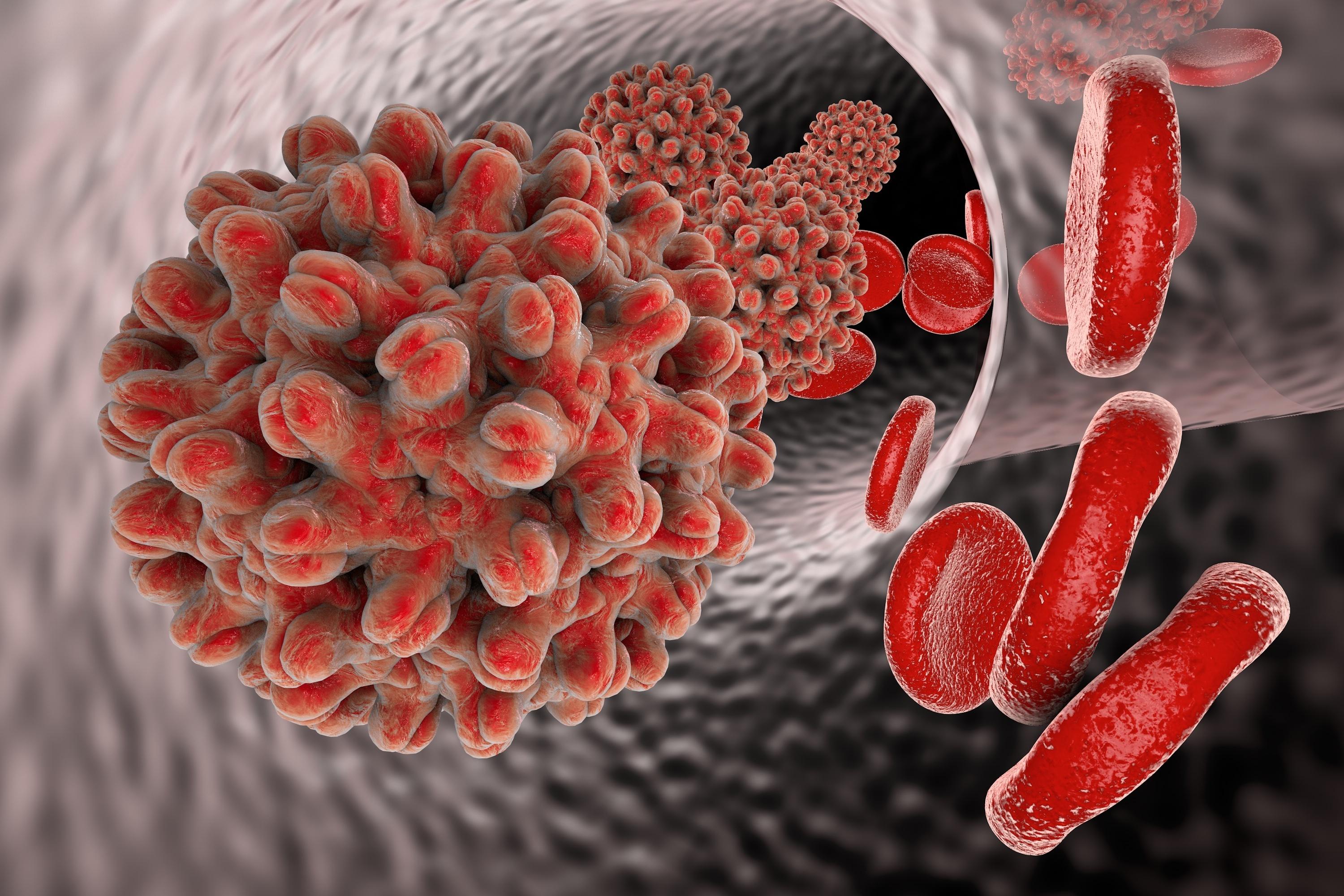
Key Facts
This webpage is only intended for use by staff from the Los Angeles County Department of Public Health.Page Updated 3-11-25
- Agent: Hepatitis B virus (HBV)
- Identification: California law (Health and Safety Code, Sections 125080-125085) requires healthcare providers test all pregnant persons for hepatitis B surface antigen (HBsAg) during
each pregnancy even if they have been vaccinated or previously tested. Repeat HBsAg testing on HBsAg negative persons at the time of
delivery if the person has clinical hepatitis or is at risk for hepatitis B exposure during pregnancy. Risk factors include:
- recent intravenous drug use
- HBsAg positive sex partner
- more than one sex partner in the past 6 months, or
- treatment for a sexually transmitted disease.
- Hospitals should accept only original laboratory reports as documentation of a person’s HBsAg status. Labs performed outside of the United States are
not acceptable. The Center for Disease Control and Prevention (CDC) also recommends testing all HBsAg positive pregnant persons for hepatitis B virus deoxyribonucleic acid (HBV DNA).
- Symptoms: While acute cases of hepatitis B can occur in the prenatal period, most HBsAg positive prenatal patients are asymptomatic chronic carriers and identified by their laboratory test only. Infants infected are generally asymptomatic.
- Differential Diagnosis: Other viral, chemical, and other causes of hepatitis.
- Diagnosis: Confirmed HBsAg lab result. Infant’s blood will contain maternal anti-HBc IgG at birth, but does not indicate maternal-infant transmission.
- Incubation From 45-180 days.
- Reservoir: Human.
- Source: For infants, maternal blood or body fluids.
- Transmission: Exposure usually occurs during the birth process, but transmission can occur in utero (rare). Vaginal or caesarean deliveries have similar transmission risks.
- Communicability: Maternal blood or body fluids are potentially infectious. Infants infected in utero are usually non-infectious at birth, since they are incubating the disease.
- Specific Treatment: Treatment for pregnant persons with chronic hepatitis B infection is available for some patients who meet clinical criteria to prevent perinatal transmission. Prophylaxis (HBIG and Hepatitis B vaccine) is recommended for infants born to HBsAg positive persons.
Specific Treatment
Reporting Procedures
Control of Case, Contacts & Carriers
Prevention - Education
- Advise HBsAg positive pregnant persons on the following:
- Additional testing for HBV DNA testing is recommended during pregnancy. Patients should also be evaluated by a liver or infectious disease specialist soon after infection is identified for possible liver disease and treatment.
- Post-exposure prophylaxis (PEP) for infants within 12 hours of birth to protect against the virus.
- Completing the hep B vaccine series and post-vaccination serology testing at 9–12 months of age is recommended to determine immunity.
- Breastfeeding is not contraindicated for infants who received PEP (HBIG and hep B vaccine).
- Use universal precautions to dispose of blood and other body secretions. Advise against sharing articles contaminated with blood (e.g., needles, syringes, razors, toothbrushes, and pedicure equipment) as they may transmit the disease.
- Reduce the risk of infection for sexual partners by practicing safe sex e.g., using condoms consistently and limiting the number of sex partners. Regular sexual contacts should be evaluated for susceptibility and vaccinated if necessary.
- Encourage long-term household contacts to be evaluated for susceptibility and vaccination, if necessary.
Diagnostic Procedures
Clinical and epidemiological history required to aid laboratory in test(s) selection.
Serology:
Container: VR serology contains a serum separator tube (SST, a red-gray top vacutainer tube) and a PUBLIC HEALTH LABORATORY FORM.
Examination Requested:
- For prenatal patients: Clearly label the laboratory slip as a prenatal specimen. Test required: HBsAg.
- For sexual or household contacts: Clearly label the laboratory slip “Hepatitis B Contact-Prenatal.” Perform the following tests on contacts: HBsAb (Quantitative) and HBsAg.
- For post-vaccination serology (PVS) of infants: Clearly label the laboratory slip “Hepatitis B Post-Vaccination of Infant.” Perform the following tests: HBsAb (Quantitative) and HBsAg.
Material: Whole clotted blood.
Amount: 5-7 ml.
Storage: Refrigerate.

